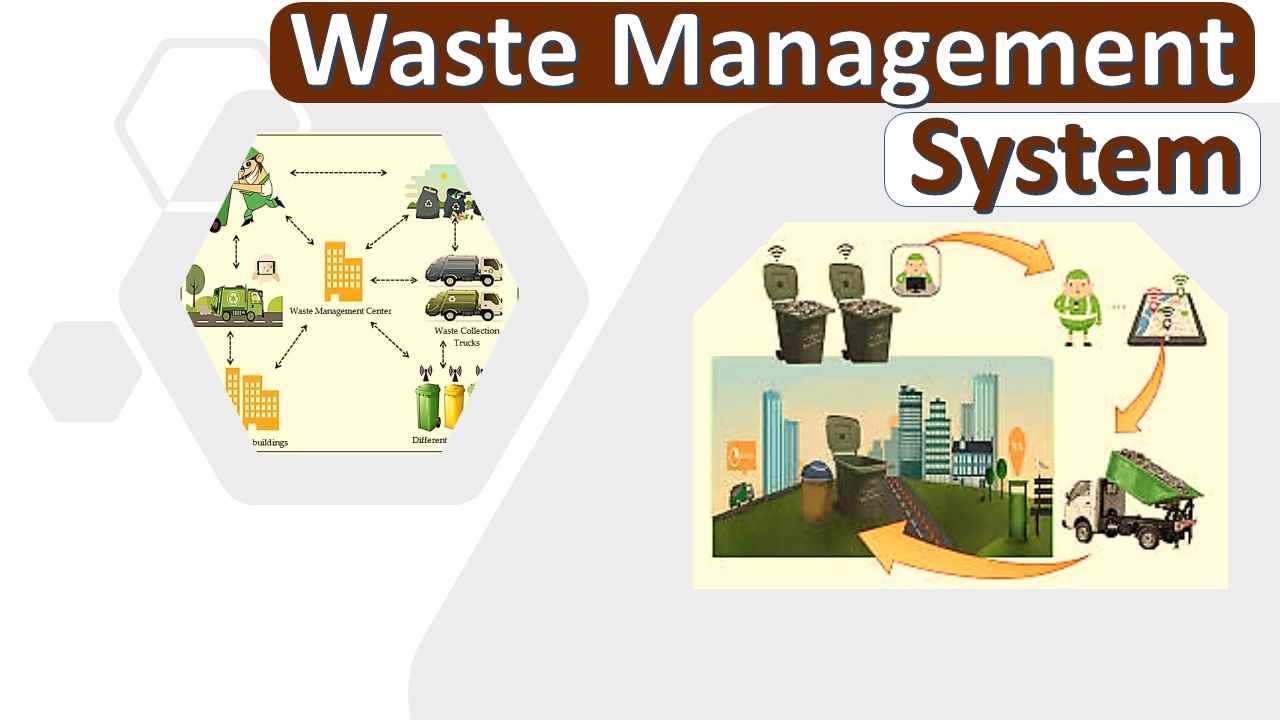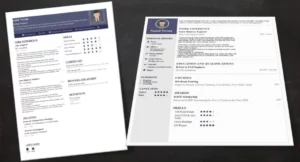Waste Management System
- By
- Pooja |
- February 09, 2023 |
- Civil Engineering, Innovation, Geotechnical Engineering,

Table of Contents
The term "garbage removal" encompasses a wide range of activities including the discarding of undesired goods, such as those from a garden or home. With proper waste management, we can reduce environmental and climate hazards. Water, soil, and air pollution can all be mitigated with the help of lawful waste management practices including segregating trash and administering antibiotics when needed.
Various types of waste exist, and the majority of modern garbage is inedible. The effects of industrialization and globalisation on this field have been significant. Garbage dumps often release poisonous gases and vapours because they store waste, which includes harmful chemicals. As a result, it's crucial to dispose of specified sorts of trash, as doing otherwise might lead to issues like the ones mentioned above and even physical harm.
Similarly, crossing waterways or putting cargo onto barges without proper authorization is not a source of power. Throwing out plastics, batteries, and sterile or petroleum-based materials improperly is unacceptable. Causes of dangerous weather and air pollution can result from this. A perfect environment nevertheless relies on proper waste disposal, and the term "table waste" describes this relationship.
It is recommended that a waste management framework be incorporated into the definition of garbage collection as a next step. Reject, Reuse, Reduce, Reuse, Dispose, Recycle, and Rethink are the 7 R's of executive trash. A clean and healthy lifestyle is substantially aided by adhering to each of these methods when disposing of rubbish. Both now and in the ages to come, it is an absolute must.
Workers in the trash removal industry, landfill office staff, and others are also cautioned to minimise potential hazards caused by improper garbage handling. Contamination of the blood, respiratory and developmental issues, skin irritation, and other health concerns can result from this.
As a result, the task of waste removal shouldn't begin with hiring staff but rather with residents themselves. Idle isolation must be monitored in all settings, from homes to offices. It's important to sort trash into biodegradable, non-biodegradable, and hazardous materials. We should familiarise ourselves with the many cleaning methods that can be employed.
Waste Prevention
Eliminating the need for waste management altogether is preferable. Consequently, the primary objective of any waste management strategy should be waste prevention. Waste can be eliminated and pollution reduced or avoided through the use of a wide variety of technologies that can be implemented at any stage of a product's life cycle.
Some examples of green manufacturing practices include the use of less toxic or harmful materials, the installation of leak detection systems in storage facilities, the development of novel chemical neutralisation methods to lessen reactivity, and the implementation of water conservation technologies to cut down on the amount of potable water used in production.
Waste Minimization
Many operations produce wastes that can't be eliminated. There are several ways to reduce trash. Waste minimization, often called source reduction, involves designing and manufacturing items to reduce the waste quantity and/or toxicity. People take action after noticing a pattern or realising a product is contributing to a waste dump problem. Reusing resources, using safer alternatives, and modifying production and design characteristics reduce industrial waste.
Minimizing waste and reducing sources reduces raw material usage and hazardous waste. Material savings reduces resources and manufacturing-related expenses, making waste-minimization methods more common in manufacturing. Better packaging reduces the number of raw materials needed, and simplifying delivery reduces fuel use and pollution.
Using engineered materials can lower a building's mass and weight. Less of the component's basic materials will be wasted. The dry cleaning business effectively substituted products to reduce harmful waste. Dry cleaners used trichloroethylene, or "perc," for years. Tetrachloroethylene is a toxic solvent. Once released, it's hard to eradicate.
Recycling and Reuse
Reusing materials from the trash stream is called recycling. Common recyclables include glass, paper, plastics, wood, and metals. Increased usage of recycled materials means less of the original raw materials need to be used for the same purposes. In addition to reducing the demand for mining natural resources, recycling also allows for the recovery and reuse of once-discarded items.
Reducing the amount of waste that is incinerated or dumped in landfills as a result of recycling efforts has many direct environmental benefits, including minimising the energy required to extract virgin materials and produce recycled goods, decreasing overall energy consumption, and decreasing emissions of greenhouse gases that contribute to global warming. Recycling also has the ability to provide growth and new job opportunities for the economy.
Biological Treatment
Disposal of garbage with high organic content in landfills is becoming more frowned upon in many nations, the United States included. Quite a few European countries have outright banned this kind of garbage disposal. Since landfilling is not a viable management strategy, alternative methods have been developed.
To dispose of or reuse the inorganic percentage of trash (known as residuals) that remains after biodegradable items have been removed, waste treatment is one possibility.
Incineration
To dispose of trash or waste by burning it down to gases and ash, as in cremation, is a consumable process known as incineration. Pollutants from incinerators are dumped in landfills, where they can contaminate the ground, water, and air.
As a result of this cycle, waste is decreased along with the accompanying force and intensity, pollution is mitigated, waste transportation is unnecessary, offensive odours are neutralised by agitation and control, and synthetic and harmful microorganisms are eliminated.
Landfill Disposal
Landfill dumping continues to be the predominant waste disposal method in the United States notwithstanding developments in reuse and recycling. As was previously indicated, both the rate at which MSW is produced and the capacity of landfills are on the rise. Costs associated with landfill disposal have increased dramatically as a result of new rules pertaining to waste management and the implementation of cutting-edge liner systems to reduce the likelihood of groundwater contamination due to leachate infiltration and migration.
An increasing number of people are speaking out against landfills because of the many problems that have arisen as a result of improper landfill management in the past. These problems include the spread of disease and other pests, the contamination of groundwater, the release of offensive odours, and the devaluation of surrounding real estate.
Construction
Any sector must have a waste management system in place, but the construction industry faces unique challenges in this area due to the nature of its products.
Specifically, in England, a Site Waste Management Plan (SWMP) is required for any projects costing more than £300,000 before they can begin construction. Organizations can avoid potential fines from foreign regulators by developing and enforcing a waste management strategy for their sites.
I hope this post provides you with a good understanding of Waste Management System. Please feel free to like, comment and share it.
Admin, gcelab.com Please see our Pillar Post to know why we founded gcelab.com.
Read More:
- What is ground contamination? Causes and Impacts
-
Master's Degree with Different specialization in Civil Engineering

Pooja
Founder at gcelab.com, Pooja is an Entrepreneur unlocking human potential. Working in the Principles of Lean Start-up, Pooja believes in Transparency and User Happiness the most. Pooja’s background in teaching gives her a sophisticated grasp on even the most tedious aspect of course building. She is passionate about people who believe that good is not enough.
Previous Post
Use of Drones in Civil Engineering
Next Post


